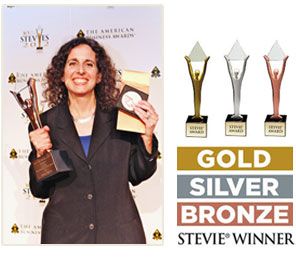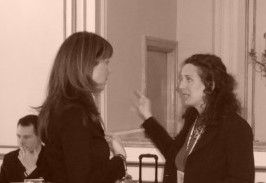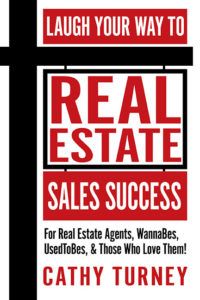
My clients have been busy this summer: 3 client books were published, 3 clients signed book deals, 5 are busy meeting publishing deadlines, 1 book just went on preorder and 1 client won an International Business Award for her book and ebook. Several are appearing in national media–OWN (Oprah Winfrey’s network), the Chicago Tribune, Glamour, Men’s Health and more. Wow, I feel like a proud midwife!
Behind the scenes, while editing, I’ve also been shooting videos on how to write a book proposal for a new course–details soon. With all things publishing on my mind, I thought about where you may want to get started. What’s one of the most valuable things I could tell you today? And I think it’s this: “Think like a publisher.”
Now, if you know me, you know I’m all about the beautiful meeting place of the muse and the marketplace. It’s important that your heart be in it. That’s a given. Still, if you want to get traditionally published, it’s important to understand how publishing works and what publishers want. Here are [bctt tweet=”5 Things Publishers Are Looking For:”]
1. A Big Pie: A big market means the potential for more book sales. Is there a way you are thinking too narrowly about your audience? Can you open it up to a large niche? For instance, I pointed out to a client once that her market was not just people who saw themselves as creatively blocked but rather people who were anxious, depressed or unhappy. That book got a top publisher and having a large potential audience helped.
Now, of course, what’s “large” to a big publisher may be hundreds of millions of potential readers and “large” to a small publisher may be more in the millions or even hundreds of thousands. “Large” is relative. Of course if you are self publishing you may focus less on the the size of the potential market and more on the impact you can make with your book. Niche publishers may also have more flexibility to focus less on big market size.
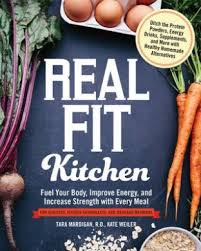
2. Reachable Peeps in a Clear Niche; the more deeply they need or want your book’s solution or results the better: When you are clear about a specific market, you can brainstorm the different ways to reach this market: do they belong to specific organizations, visit certain websites, watch certain TV shows? The easier to reach your specific market, the easier it is to sell books.
Rather than write a dating book for everyone, you may do better writing for divorced women in their 50’s and up. Or 20-somethings fed up with the current “Scene.” When you “get” your peeps, you can write in a voice and tone that resonate for them. And they’ll get “This book is for me.”
Many of my clients have recently signed book deals with mid-sized and smaller publishers because they served a very distinct and under-served market, and this market was quite desperate for the information (athletes looking to eat fit, women with controlling partners, people inspired to eat more “plant-based” but feel overwhelmed when they try to stick with it). These are motivated readers!
3. A Fresh Take: It’s much easier to compete with the books on the market if your book adds something to what’s already out there. Do you have a new perspective? Is there a

need of your market that’s not being met well by the other books? Does your book address a subsection of the larger market—a specific niche?
Do you have research that sheds new light on an ever-green subject? Can you add special features to the book that will help make the book more valuable to readers, such as experiential exercises? Or perhaps you just have a fresh voice (irreverent, playful or provocative). Spend time looking at what’s on the shelves and brainstorm what you can do differently–what’s authentically special about your approach or personality? Can you translate that into features, tone or niche?
In Rethinking Narcisissism, Dr.Craig Malkin had more than a fresh take–a controversial one. He redefines how we think of narcissism. Of course, the media love controversial views and Dr. Malkin has been all over the media–from Oprah’s OWN to Men’s Health to Cosmopolitan to Forbes and much more.
Reach and Following: Yes, publishers are certainly interested in your credentials, but even more crucial is how many people you reach and how you reach them. Do you have a mailing list? Do these folks regularly open and read your newsletter and click on links? How many people do you speak in front of—or teach—annually? The more loyal and engaged your following, the more that will translate into book sales.
Yes, publishers like to see a strong promotion plan but that plan needs to be based upon having a strong following already—one that you will continue to grow. A branded, professional looking website is a must. Social media is almost always a must, though you don’t have to be everywhere—just the places where your readers congregate. A blog is always a positive.A strong mailing list is usually a must, but not always. As to size—that varies publisher to publisher. I’ve heard Reid Tracy say that Hay House wants 30,000-40,000 on an author’s mailing list. Other publishers are happy with less. And some publishers, for certain markets or genres, want even more.
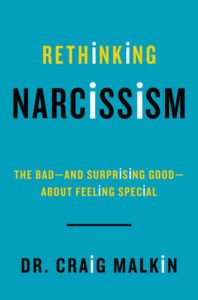
Many of my clients grow their reach by blogging. They start with their own blog and work up to Psychology Today, the Financial Times, The Huffington Post or other more niched news sources. This is one of my favorite ways to develop an author platform.
Perfect Pitch: Pay attention to the rules: Query first; only send your book proposal once a publisher or agent requests it. My recent blog post (see below) provides guidance and insight into when to contact agents and publishers and how to do it right. Format your proposal correctly, too. I recommend Michael Larsen’s How to Write a Book Proposal. And edit your book proposal so there are no typos or lack of clarity.
You want to make the absolute best first impression you can and also show that you’ll be easy to work with (they can count on you to follow rules and send a perfectly done manuscript). You can start here with my complimentary articles on how to write a book proposal. Any questions? Ask below.

 Are you at all confused about the order of finding an agent, getting a publisher and sending a book proposal? Do you wonder, “Where do I start?”
Are you at all confused about the order of finding an agent, getting a publisher and sending a book proposal? Do you wonder, “Where do I start?”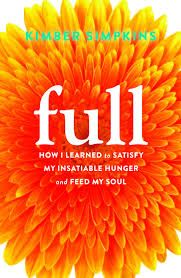
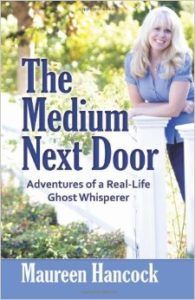


 In fact, I would still say, if you think you can interest a literary agent, that is still generally my recommendation if you want to traditionally publish. And, most of the time, to get a literary agent and get a publisher—in particular, a large trade publisher—one ingredient you need is a significant author platform (or online and/or offline following). However, the smaller and mid-size presses may not require quite as huge a platform—and could be a good fit for your book.
In fact, I would still say, if you think you can interest a literary agent, that is still generally my recommendation if you want to traditionally publish. And, most of the time, to get a literary agent and get a publisher—in particular, a large trade publisher—one ingredient you need is a significant author platform (or online and/or offline following). However, the smaller and mid-size presses may not require quite as huge a platform—and could be a good fit for your book.
 Tara Mardigan and Kate Weiler signed with
Tara Mardigan and Kate Weiler signed with  I’m loving the fireflies (they seem to be sticking around much longer this year), picking loads of raspberries in our yard, boogie-boarding with my son, enjoying family dinners on the porch and riding my new bike, though my eight-year-old still beats me in races.
I’m loving the fireflies (they seem to be sticking around much longer this year), picking loads of raspberries in our yard, boogie-boarding with my son, enjoying family dinners on the porch and riding my new bike, though my eight-year-old still beats me in races.


